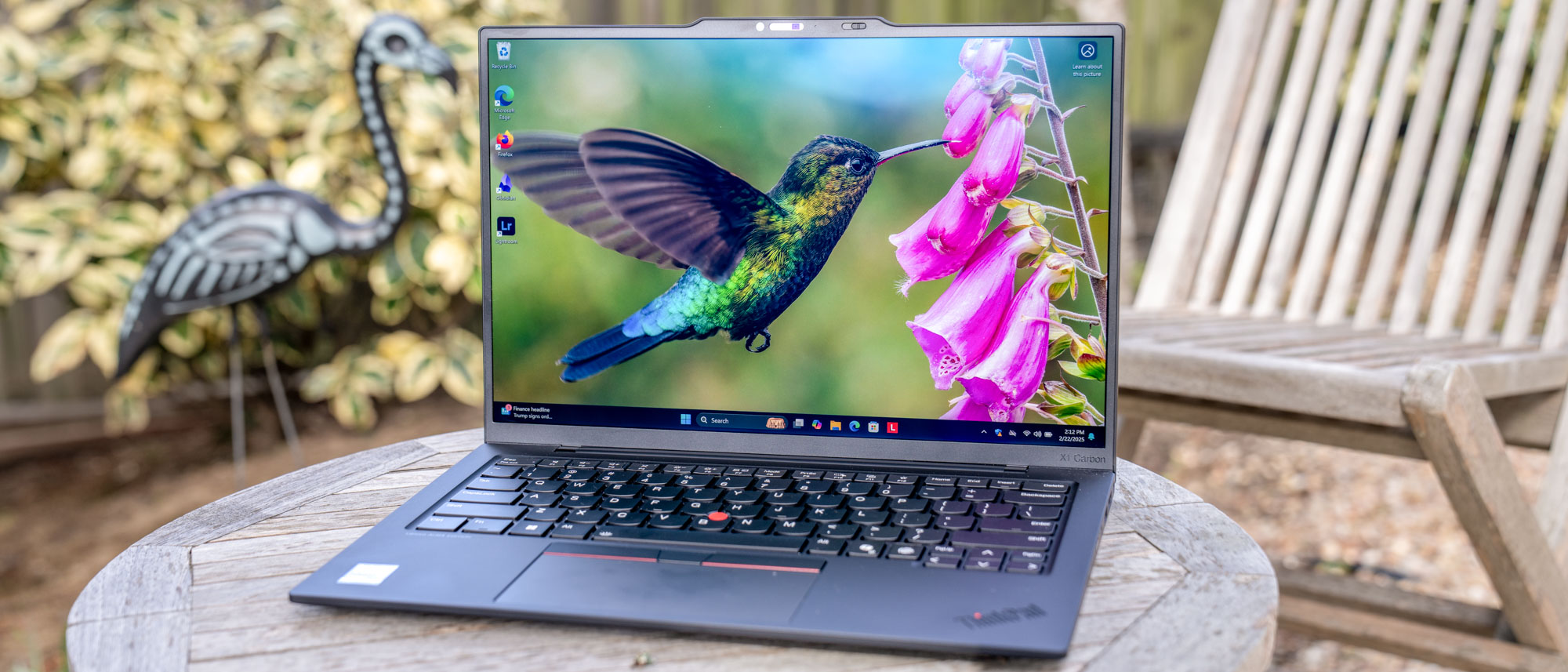Smartphone Milestones: The 15 Best Smartphones of All Time
From the first PDA phones to today's big-screen devices, each of these smartphones was a milestone and deserves mention as an all-time best.
Today's state-of-the-art smartphones, like the Galaxy S4 and HTC One, pack quad-core processors, shoot photos faster than you can blink and sport gorgeous full HD displays. These devices also tap into blazing 4G LTE networks that are faster than some home broadband connections. But to truly appreciate all the features we now take for granted, it’s important to take a look at how we got here. I’m fortunate enough to have witnessed the smartphone evolution first-hand, from the very first PDA-phone hybrids to today’s big-screen phablets. Based on the hundreds of reviews I’ve written and edited over the years, here’s my list of the top 15 smartphones of all time
Handspring Treo 180 (2002)
Why you can trust Tom's Guide
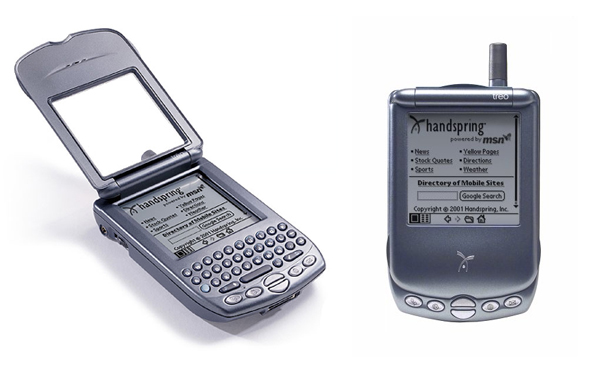
Before the Handspring Treo 180 arrived, smartphones were bulky PDA-phone hybrids that made you sacrifice comfort for versatility. This Palm OS device changed all that, weighing a light 5.2 ounces and measuring 0.7 inches. This was before the age of capacitive touch screens, so the best way to interact with the 180 was with the telescoping stylus. The flip design with transparent lid made it easy to see who was calling, and the side-mounted scroll wheel enabled swift navigation. Palm would acquire Handspring the following year and go on to release the color (Treo 270) and 3G (Treo 300) versions.
Motorola Droid (2009)
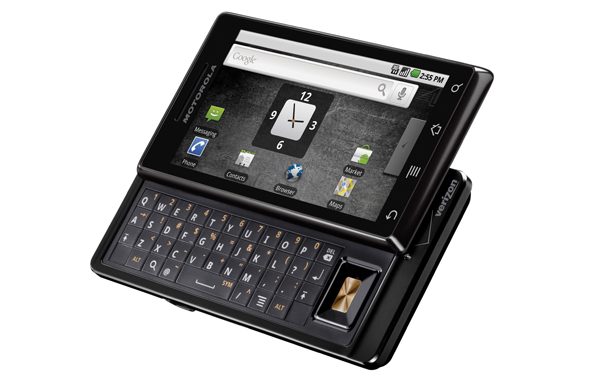
The Android phone that truly (and literally) put Android on the map, the Motorola Droid was the first Google-powered device that offered free spoken GPS directions via Google Navigation. Verizon subscribers also got a roomy keyboard for rapid typing and a huge (for the time) 3.7-inch display, at 854 x 480 pixels. The Android 2.0 software was nice and clean, letting users call, message or email a contact with a tap. A 550-MHz Arm Cortex A8 processor ran the show, along with 256 MB of RAM. The 5-MP camera was lackluster, but overall, the Motorola Droid was a multitasking powerhouse.
Apple iPhone (2007)
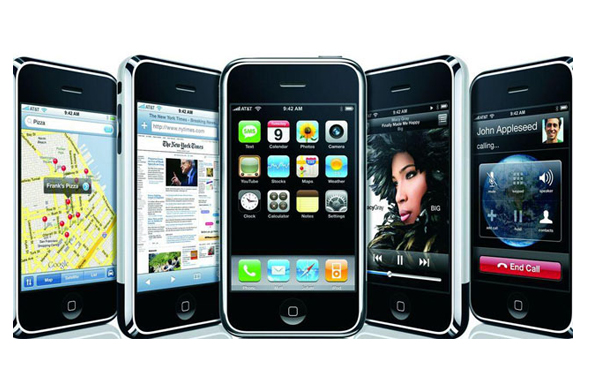
When Steve Jobs introduced the original iPhone, he said it was five years ahead of its time. I wouldn’t go that far, but it was revolutionary. For the first time, phone shoppers could enjoy an intuitive multitouch experience and get a phone, widescreen iPod and fantastic browsing experience (at least over Wi-Fi) in a single device.
So many innovations were crammed inside the iPhone that we take for granted today, from swiping through photos and pinching to zoom on websites to an accelerometer that automatically changes the display’s orientation. The iPhone wasn’t the first smartphone by any stretch, but it completely redefined the category.
Kyocera QCP 6035 (2001)
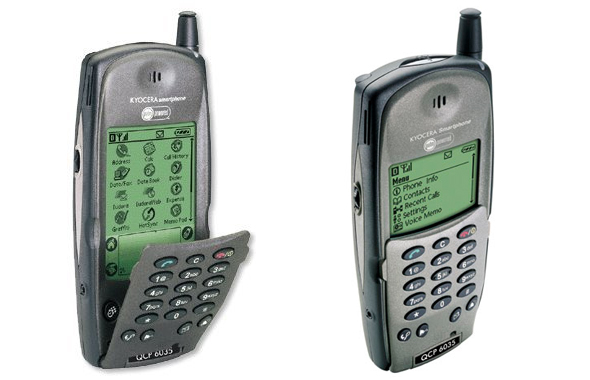
Long before most people knew what a smartphone was, the Kyocera QCP 6035 blazed the trail for an entire industry. A successor to the Qualcomm pdQ and pdQ2, this 7.3-ounce flip smartphone featured a graffiti area where you could enter text with the built-in stylus. There was also a jog wheel on the side for navigating the monochrome display. A 20-MHz Dragonball EZ processor ran the show. The QCP 6035 let you surf the Web using the Eudora browser (at 14.4 Kbps), check email and use such Palm apps as Mapquest and eTrade. Yes, you needed a synchronization cradle to keep all your PIM data up to date, but overall, this was bleeding edge for the early aughts.
Audiovox PPC-6700 (2005)
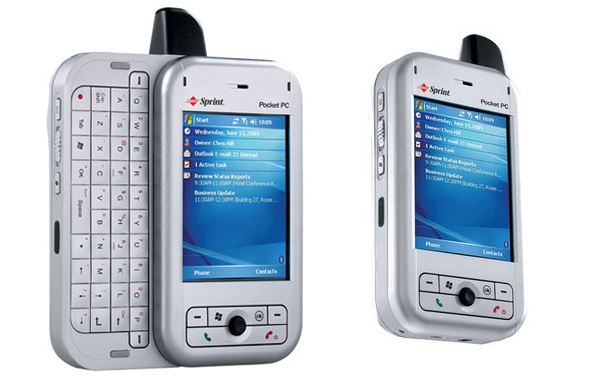
Sure, the Audiovox PPC-6700 for Sprint was a brick, but it was powerful enough for me to stream TV from my Slingbox (remember those?) to the crisp 2.8-inch display. This Windows Mobile 5 device had it all, including a slide-out keyboard, full Outlook support and a slew of shortcut keys. The 416-MHz Intel processor proved snappy enough for surfing the Web, checking email and more on Sprint’s EV-DO network.
BlackBerry Curve 8300 (2007)
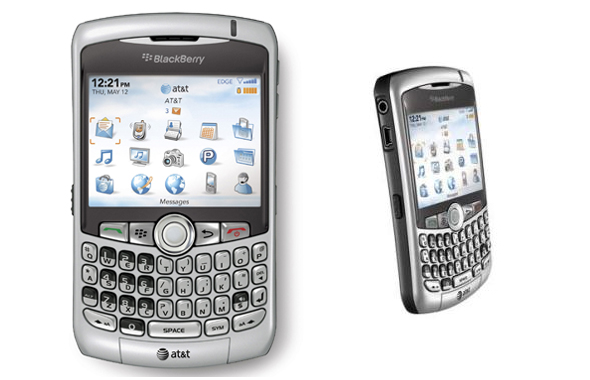
The BlackBerry Curve 8300’s keyboard was so awesome I literally used it to take notes in meetings. (I had to tell people I wasn’t checking my email.) The integrated trackball made it easy to navigate the icon-driven interface — and play Brick Breakout — while the dedicated BlackBerry button made it a cinch to switch between open apps. Sure, the 2.5-inch display seems impish by today’s standards, but overall, the Curve was a killer productivity companion. Toward the end, I tricked out my back cover with Quagmire’s face. Giggity.
Samsung Galaxy S III (2012)
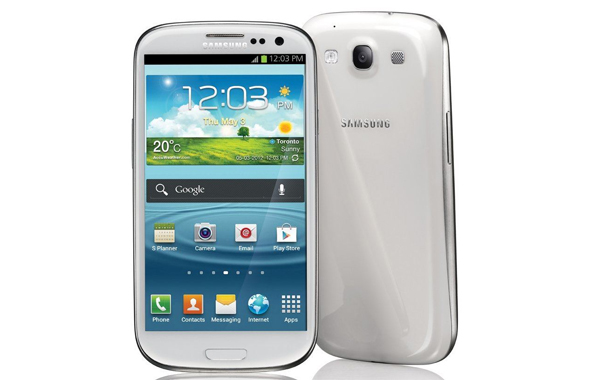
The phone that catapulted Samsung past Apple won over shoppers because of its large, 4.8-inch screen and bevy of innovations. S Beam let users transfer large files just by touching two Galaxy S IIIs together, while Smart Stay kept the screen on with your eyes. The Best Photo feature took six continuous shots and let S III owners pick the best one. While the screen was on the dim side, overall, the S III packed a ton of features and a big Super AMOLED display into a compact package.
Palm Treo 650 (2005)
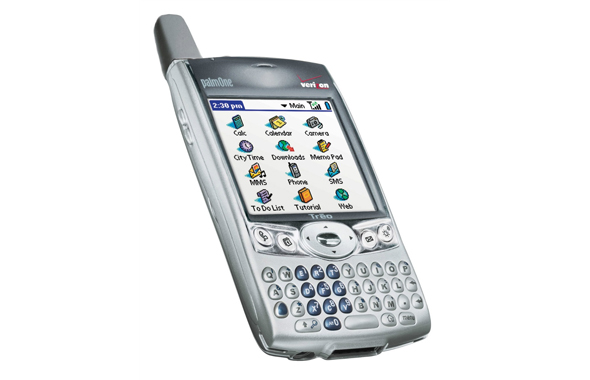
It was all about the five-way navigator. A comfy D-pad underneath the Treo 650’s 2.5-inch screen, combined with a comfy keyboard, made this follow-up to the Treo 600 my favorite smartphone for nearly two years. Other welcome features on this Sprint communicator included a top-mounted ringer switch, a relatively high-res display (320 x 320 pixels), Bluetooth and Microsoft Exchange support. I also loved how fast the Blazer browser was for Web surfing, aided by a 312-MHz Intel CPU. The VGA camera wasn’t the sharpest at the time, but it took fairly clear photos.
HTC Evo 4G (2010)
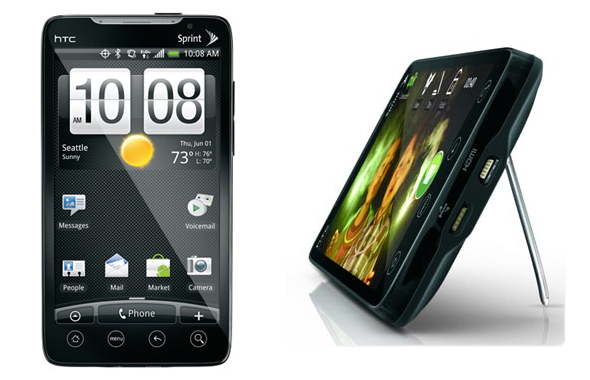
Sporting a larger-than-life 4.3-inch display and built-in kickstand, the HTC Evo 4G was really the first modern superphone. This Sprint handset offered blazing download speeds over Sprint’s WiMax network, along with a fast 1-GHz Snapdragon processor. Back in 2010, the two-way video chat via the front-facing camera and 8-MP camera with 720p video recording were both very cutting edge. While the battery life was lackluster, the Evo 4G really pushed big-screen phones into the mainstream.
T-Mobile Sidekick (Color, 2003)
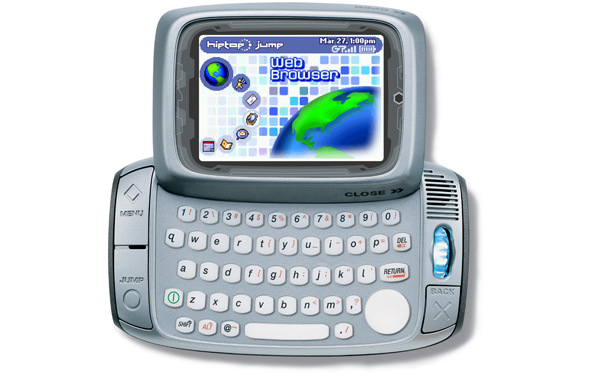
Tailor-made for messaging addicts, the original Sidekick in 2002 stood out from the crowd with its swivel-hinge design, intuitive jog dial and one of the most comfortable keyboards to ever grace a phone. The successor, the Sidekick 2, added a color screen and doubled the memory so you could hold more contacts. Easy access to AOL Instant Messenger (and eventually other IM services) helped make the Sidekick line ultra-popular among celebrities — at least until Paris Hilton’s device got hacked in 2005.
Motorola Droid Razr Maxx (2012)
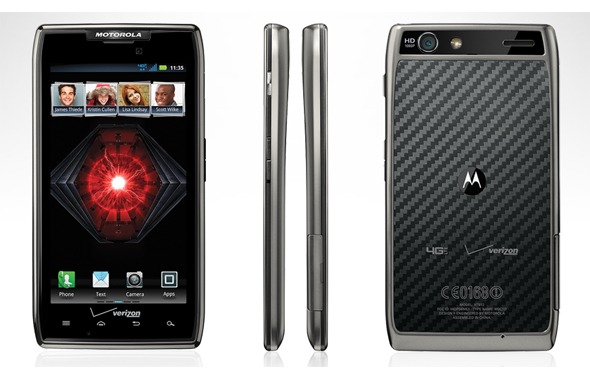
This phone is one of the best of all time for one simple reason: battery life. In our tests, the Droid Razr Maxx’s hefty 3,300 mAH battery lasted an epic 8 hours and 40 minutes of straight Web surfing over Verizon’s 4G LTE network. That’s not all we liked about this handset, though. The Maxx also boasted a fairly slim design, reinforced with Kevlar, a 4.3-inch Super AMOLED display and loud speakers.
Palm Pre (2009)
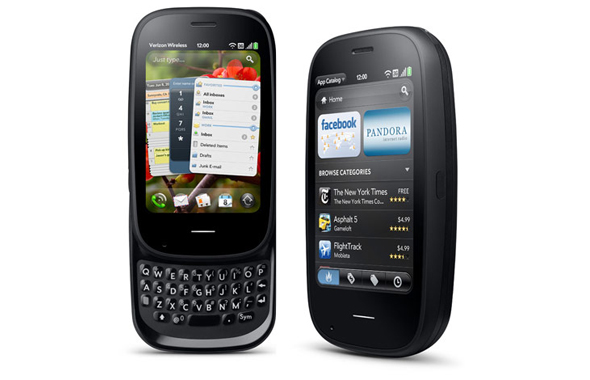
Don’t laugh. Just because HP completely botched the Palm acquisition doesn’t change the fact that the Pre was a game-changing device. The Pre’s gesture-based user interface took smartphone design to the next level, making it easy to close applications or dismiss alerts with a swipe. The Synergy feature was also ahead of its time, linking contacts for you, as was webOS’ notification system. While the keyboard was a bit cramped and the battery life was short, overall, the Pre was a winner. Limited carrier availability and a botched marketing campaign sunk what could have been a much stronger iPhone challenger.
Samsung BlackJack (2006)
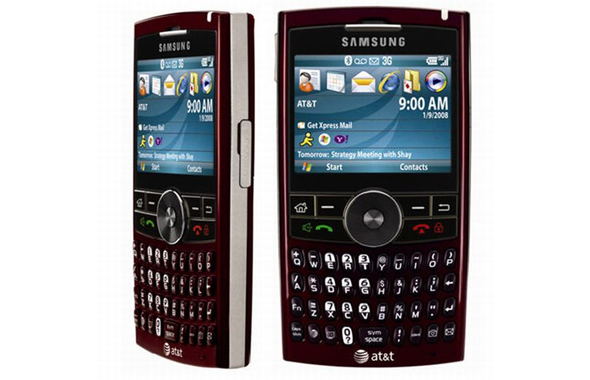
Sometimes, a great smartphone just needs to improve on someone else’s winning formula, and that’s exactly what Samsung did with the Windows Mobile 5-powered BlackJack. Like the Motorola Q for Verizon, this slim candybar-style phone with full QWERTY for Cingular (before it became AT&T) was thinner and lighter, lasted longer on a charge and added support for Java-based games. I also appreciated the Quick Launcher for jumping between apps and even specific websites.
Samsung Epic 4G (2010)
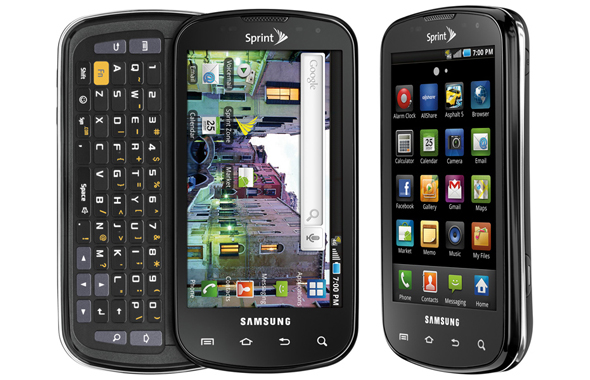
Boasting one of my favorite slide-out keyboards ever and an eye-popping 4-inch AMOLED display, the Epic 4G for Sprint raised the bar for smartphones when it debuted in 2010. The 1-GHz Hummingbird processor kept this handset humming along, while the 4G WiMax connection delivered impressive speeds for Web surfing. While the 5-MP camera wasn’t very quick, it produced clear and rich photos, as well as 720p video. You got all of this in a very portable, 5.5-ounce package.
Nokia 9290 (2002)
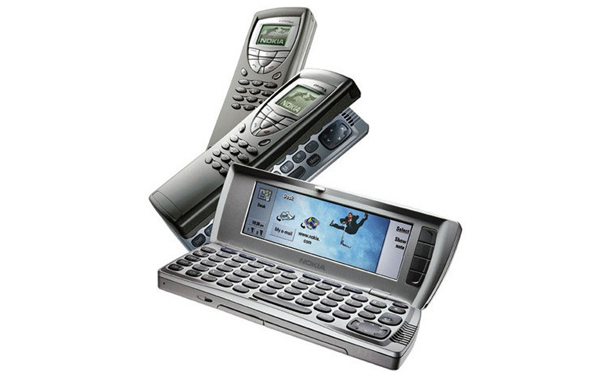
Part mini laptop and part phone, the Nokia 9290 was the U.S. version of the 9210, featuring a huge 4.3-inch x 1.4-inch screen, plush keyboard and flip-up antenna. When closed, this clamshell featured a dialpad on the front for making calls and a 1.2-inch x 0.8-inch monochrome display. Powered by the Symbian OS, the 9290 had a StrongARM 9 CPU and 16MB of RAM under the hood. Other features included music and video players, and the ability to create and edit office documents. At 8.8 ounces, the 9290 was indeed a brick, but it was also a pretty sweet status symbol.
Follow Mark Spoonauer at @mspoonauer. Follow Tom's Guide at @tomsguide, on Facebook and on Google+.
Sign up to get the BEST of Tom's Guide direct to your inbox.
Get instant access to breaking news, the hottest reviews, great deals and helpful tips.
Mark Spoonauer is the global editor in chief of Tom's Guide and has covered technology for over 20 years. In addition to overseeing the direction of Tom's Guide, Mark specializes in covering all things mobile, having reviewed dozens of smartphones and other gadgets. He has spoken at key industry events and appears regularly on TV to discuss the latest trends, including Cheddar, Fox Business and other outlets. Mark was previously editor in chief of Laptop Mag, and his work has appeared in Wired, Popular Science and Inc. Follow him on Twitter at @mspoonauer.

